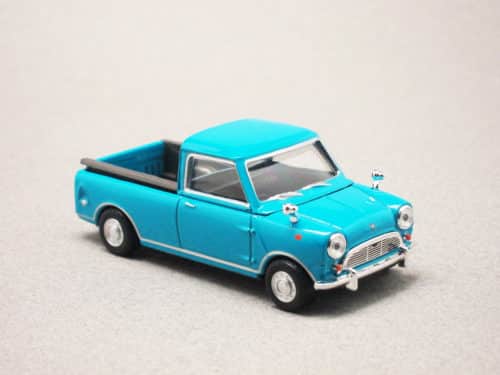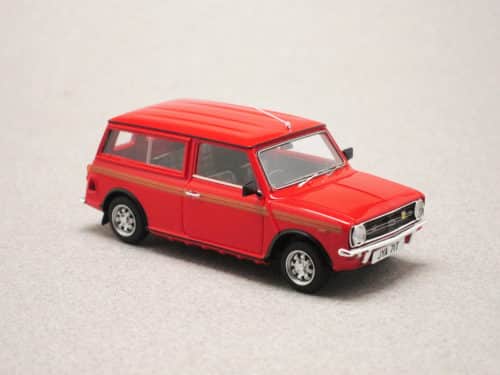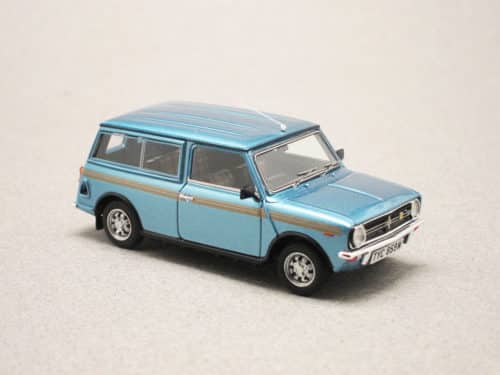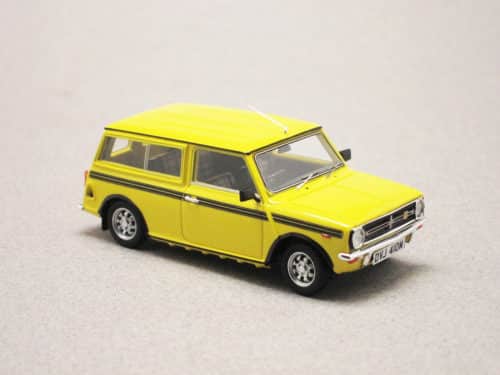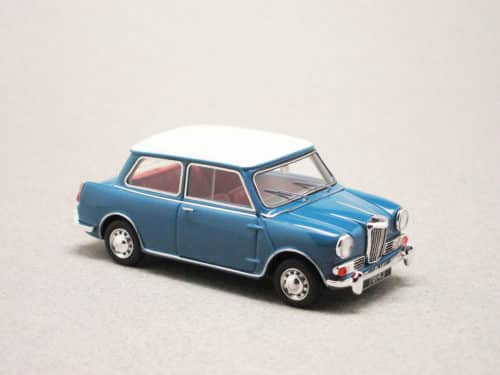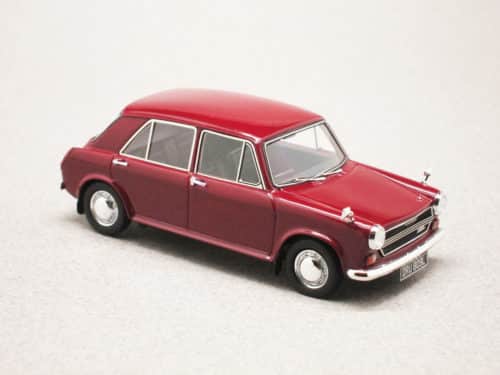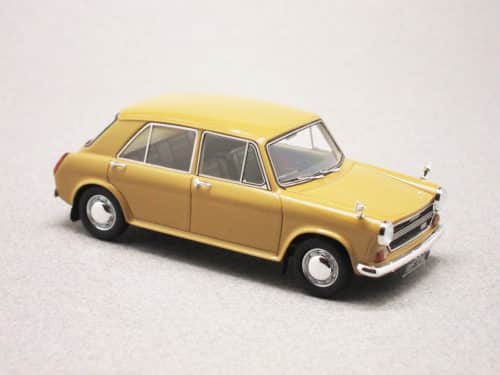Categories
- Uncategorized
- Brands
- Aspark
- Abarth
- AC
- ACMAT
- Acura
- Adler
- AEC
- Aero
- Aero Flite
- Aerocar
- AGF Serval
- Airstream
- Aiways
- Alamagny
- ALCA
- Aleko
- Alfa Romeo
- Allard
- Alpina
- Alpine
- Alvis
- AMC
- AMG
- Amilcar
- Amphicar
- Anadol
- Armstrong Siddeley
- Arnolt
- ARO
- Artz
- Aston Martin
- Auburn
- Audi
- Aurus
- Austin
- Austin-Healey
- Auto-Union
- Autobianchi
- Avia
- AWZ
- Babich
- Barkas
- Barnard
- BB
- Bedford
- Bentley
- Berkeley
- Berliet
- Bertone
- Beutler
- Bianco
- Bitter
- Bizzarrini
- BMW
- Borgward
- Bosley
- Brabus
- Brasier
- Brasinca
- Bristol
- Brütsch
- Buckle
- Bugatti
- Bugre
- Buick
- Burney
- Büssing
- Cadillac
- Caterham
- CG
- Chausson
- Checker
- Chenard & Walcker
- Chevrolet
- Chevrolet Corvette
- Chrysler
- Cisitalia
- Citeria
- Citroën in 1:18 scale
- Citroën in 1:43 scale
- Commer
- Cord
- Costin Nathan
- Covington
- Cuningham
- Dacia
- DAF
- Daihatsu
- Daimler
- Dangel
- Datsun
- DB
- De Lorean
- De Tomaso
- Delage
- Delahaye
- Denzel
- DeSoto
- Devon
- Diamond Reo
- Diamond T
- Dixi
- DKW
- Dodge
- Dome
- Donkervoort
- DS
- Dual-Ghia
- Dubonnet
- Duesenberg
- Edsel
- EMW
- Enzmann
- Excalibur
- Facel Vega
- Ferrari-en
- Fiat
- Fleetwood Enterprises
- Ford
- Freightliner
- Friedrich Rometsch
- FSO
- Fuji
- Fuso
- GAC Motor
- Gatso
- GAZ
- Ghia
- Gillet
- Ginetta
- Glas
- Glasspar
- GM
- GMC
- Goggomobil
- Goliath
- Gomolzig
- Gordon
- Gordon-Keeble
- Graham-Paige
- Gumpert
- Gutbrod
- Hanomag
- Hansa
- Hénon
- Henry J
- Henschel
- Hewson
- Hillman
- Hispano-Suiza
- Holden
- Hommell
- Honda
- Hong Qi
- Horch
- Hotchkiss
- Hudson
- Humber
- Hummer
- Hunt
- Hymer
- Hyundai
- IFA
- Ikarus
- Imperial
- IMZ
- Infiniti
- Innocenti
- Intermeccanica
- International
- Invicta
- Irisbus
- Irmscher
- Isdera
- Iso
- Isotta Fraschini
- Isuzu
- Iveco
- Jaguar
- Jamos
- Jeep
- Jensen
- Jowett
- Kahlbacher
- Kaiser
- Kalmar
- Kamaz
- Kamm
- Kenworth
- KIA
- KIM
- Koenigsegg
- Kohlruss
- KrAZ
- Krupp
- KTM
- Kurtis
- Lada
- Lagonda
- Lamborghini
- Lancia
- Land Rover
- Lanz
- LaSalle
- Laurin & Klement
- Lea-Francis
- Leichtbau
- Leningrad
- Lexus
- Leyat
- Lightburn
- Ligier
- Lincoln
- Lloyd
- LMX Sirex
- Lotus
- LTI
- LuAZ
- Lynx
- Lysell
- Mack
- Magirus
- Maico
- MAN
- Manic
- Manta Ray
- Marathon
- Marussia
- Maserati
- Mathis
- Matra
- Matra-Simca
- Maybach
- Mazda
- McLaren
- McQuay-Norris
- Melkus
- Mercedes in 1:18 scale
- Mercedes in 1:43 scale
- Mercer
- Mercury
- Messerschmitt
- MG
- Mikrus
- Mini
- Mismaque
- Mitsubishi
- Mitsuoka
- Mohs Motor Car
- MOL
- Monica
- Monteverdi
- Moretti
- Morgan
- Morris
- Moskvich
- Multicar
- Murena Motors
- Nardi
- Nash
- Neckar
- Neoplan
- Nissan
- Norman Timbs
- NSU
- Oldsmobile
- Oltcit
- OM
- Opel
- OSCA
- Packard
- Pagani
- Panhard
- Panther
- Pegaso
- Persu
- Peterbilt 352 H (IXO) 1:43
- Petermax Müller
- Peugeot in 1:18 scale
- Peugeot in 1:43 scale
- Phänomen
- Phantom
- Piaggio
- Pierce-Arrow
- Pininfarina
- Playboy
- Plymouth
- Polestar
- Polski-Fiat
- Pontiac
- Porsche in 1:18 scale
- Porsche in 1:43 scale
- Porsche in 1:87 scale
- Praga
- Puma
- Rambler
- Ramses
- Rapid
- Reliant
- Renault in 1:18 scale
- Renault in 1:43 scale
- Reyonnah
- Riley
- Robur
- Rochet – Schneider
- Rolls-Royce
- Rosengart
- Rover
- RUF
- Ruhrfahrzeugbau
- Saab
- Sabra
- Sachsenring
- Salmson
- Saurer
- Saviem
- SC Johnson Wax
- Scania
- Schlörwagen
- Scion
- Seagrave
- Seat
- Setra
- SFM
- Shanghai
- Shelby
- Shelter
- Siata
- Simca
- Simson
- Singer
- Sinpar
- Skoda
- Smart
- Smeal
- SMZ
- Spyker
- Steyr-Puch
- Stout
- Stratos
- Studebaker
- Stutz
- Subaru
- Sud-Aviation
- Sunbeam
- Suzuki
- Syrena
- Talbot
- Tarpan
- Tata
- Tatra
- Tesla
- Thunderbolt
- Thurner
- Toyopet
- Toyota
- Trabant
- Triumph
- Triver
- Troll
- Tucker
- TVR
- Uaz
- UNIC
- Unimog
- Vanden Plas
- Vauxhall
- Vector
- Velam
- Vemac
- Venturi
- Veritas
- Voisin
- Volkswagen
- Volugrafo
- Volvo
- Walter
- Wanderer
- Ward LaFrance
- Warszawa
- Wartburg
- White Company
- Wiesmann
- Wikov
- Willème
- Willys
- Wolseley
- Yamaha
- Yugo
- Zagato
- Zastava
- Zaz
- Zil
- ZIS
- Zündapp
- Zunder
- Cars
- Commercial vehicles
- Competition
- Advertising vehicles
- Concept cars
- Fire and Rescue
- Police cars
- Ambulances/Hearses
- JAPAN IMPORTS
- Buses
- Movies and TV series
- 1:18 SCALE SELECTION
- 1:64 scale selection
- 1:87 scale selection
- Tour de France
- Campers
- Helicopters
- Accessories
- All Citroën 2CVs!
- Manufacturer news
- Minicarweb selection
- Gift wrapping
- FLASH SALES
Manufacturers
Sales !
Useful information
Newsletter
Tags
Tags
Austin
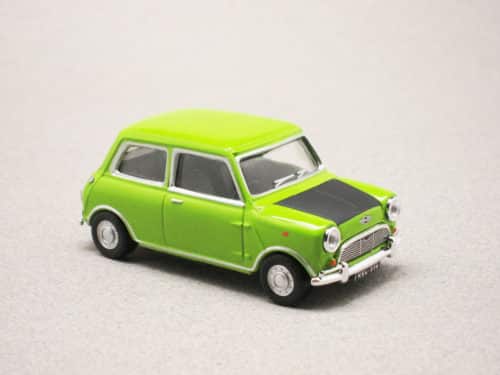
Mini Cooper (Optimum) 1:43
With its engine fitted transversely, the 1959 Mini was a small revolution. In 1961, Alec Issigonis reinforced the historic role of its creation through the intervention of his friend John Cooper who offered a sports version to the Mini: the output increased from 34 to 55 hp. The first Cooper, here with a black bonnet, is recognizable thanks to its doubled bumpers on each side of the front.
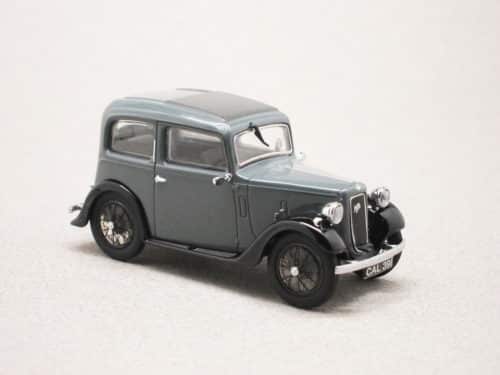
Austin Seven Ruby grey (Oxford) 1:43
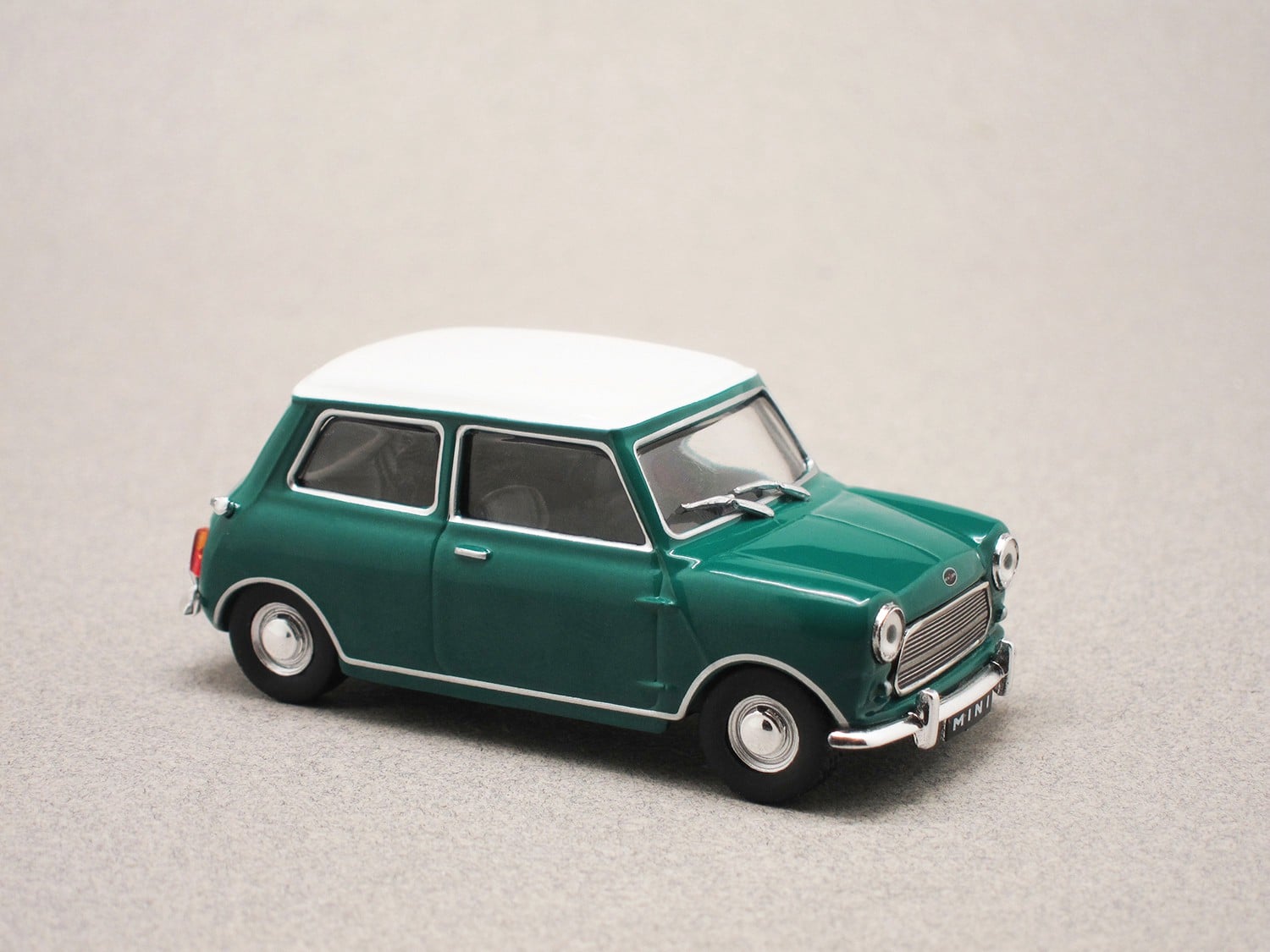
In stock
Austin Mini Cooper S (Press) 1:43
After designing the Mini in 1959, Alec Issigonis developed a sports version to the Mini in 1961, through the intervention of his friend John Cooper: the output increased from 34 to 55 hp. In 1963, this Cooper S developed 70 hp and was fitted with an extra tank, which explains why there are two filler caps, on the right and left sides. Here we have a 1967 model year with a new grille.
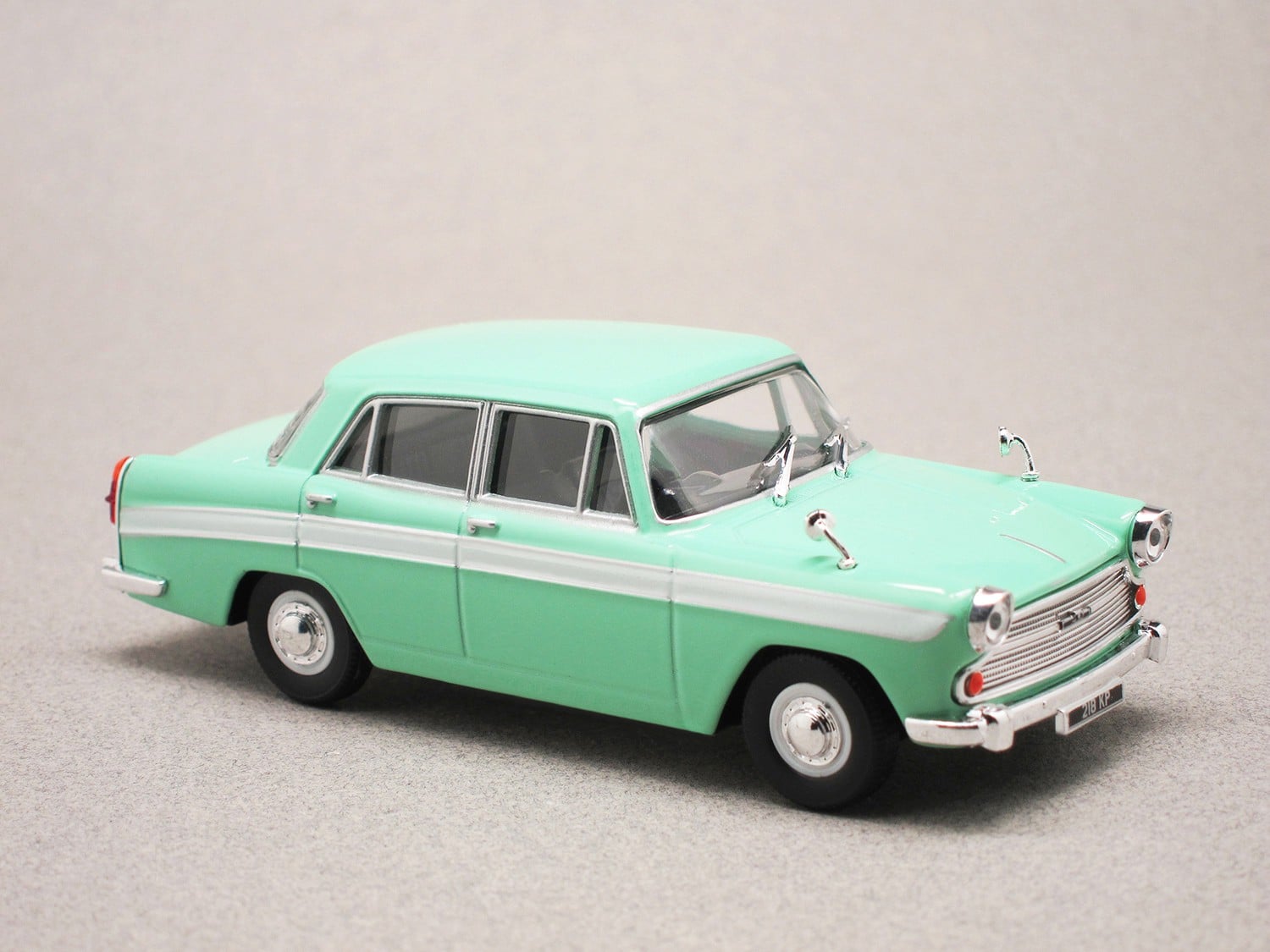
In stock
Austin A60 Cambridge (Cararama) 1:43
Austin first used the name “Cambridge” in 1954 for the A40, and later the A50 and A55. In 1959, Pininfarina imagined a very angular design for the A55 MKII, also recognizable on the well-known Peugeot 404 and Lancia Flaminia, designed by the same Italian coachbuilder. In 1961 the A55 Cambridge was renamed A60, recognizable by its wide painted stripe that we can see here.
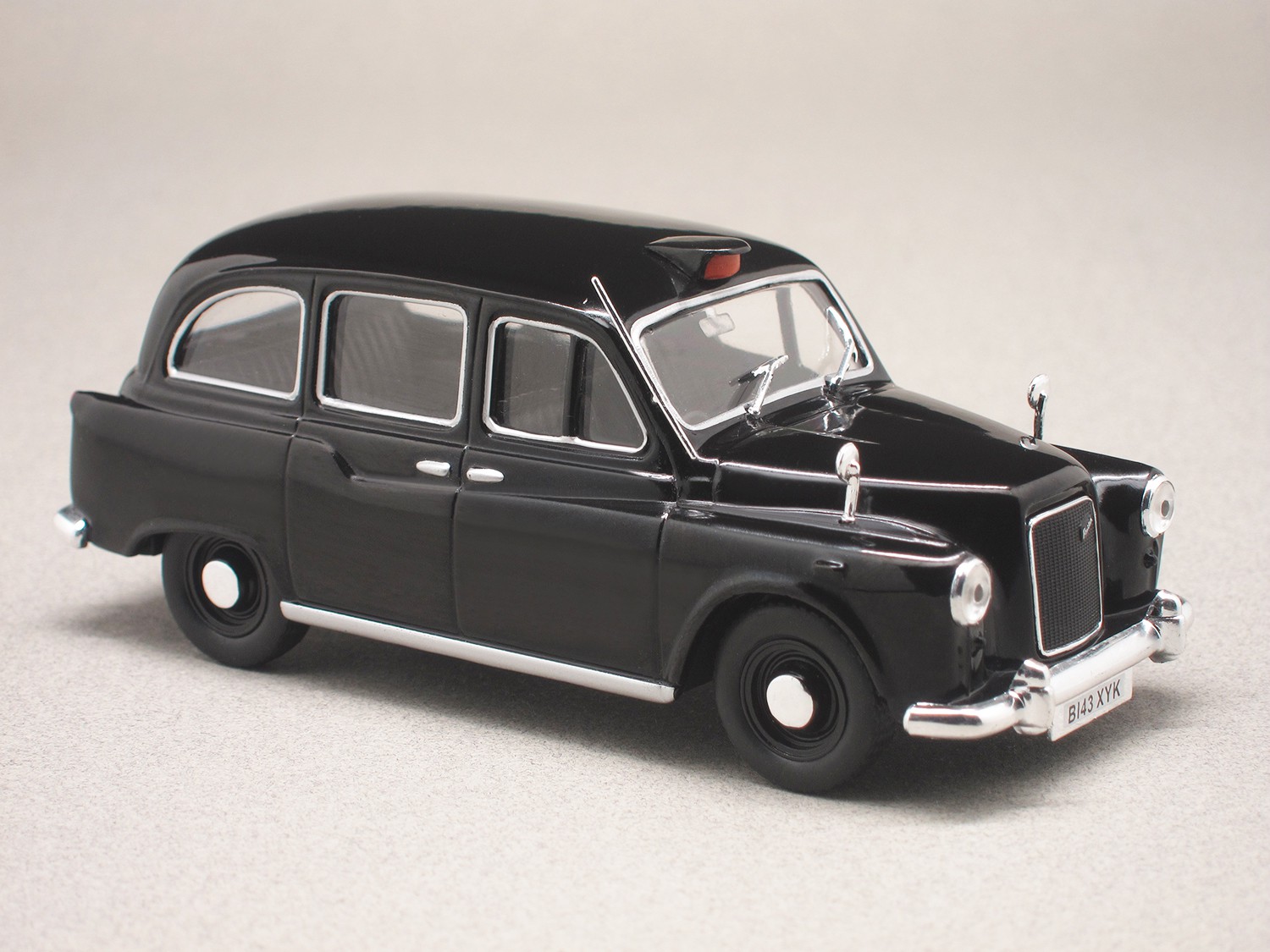
In stock
Austin FX4 Taxi (Whitebox) 1:43
Austin was the first brand to launch the most famous taxi in the world: the FX4, which has traveled for decades on the streets of London, alongside red double-decker buses. Released in 1948, it succeeded the Austin FX3. It will later be sold by the brand Carbodies, then by London Taxis International (LTI) until 1997, when replaced by the TX1.
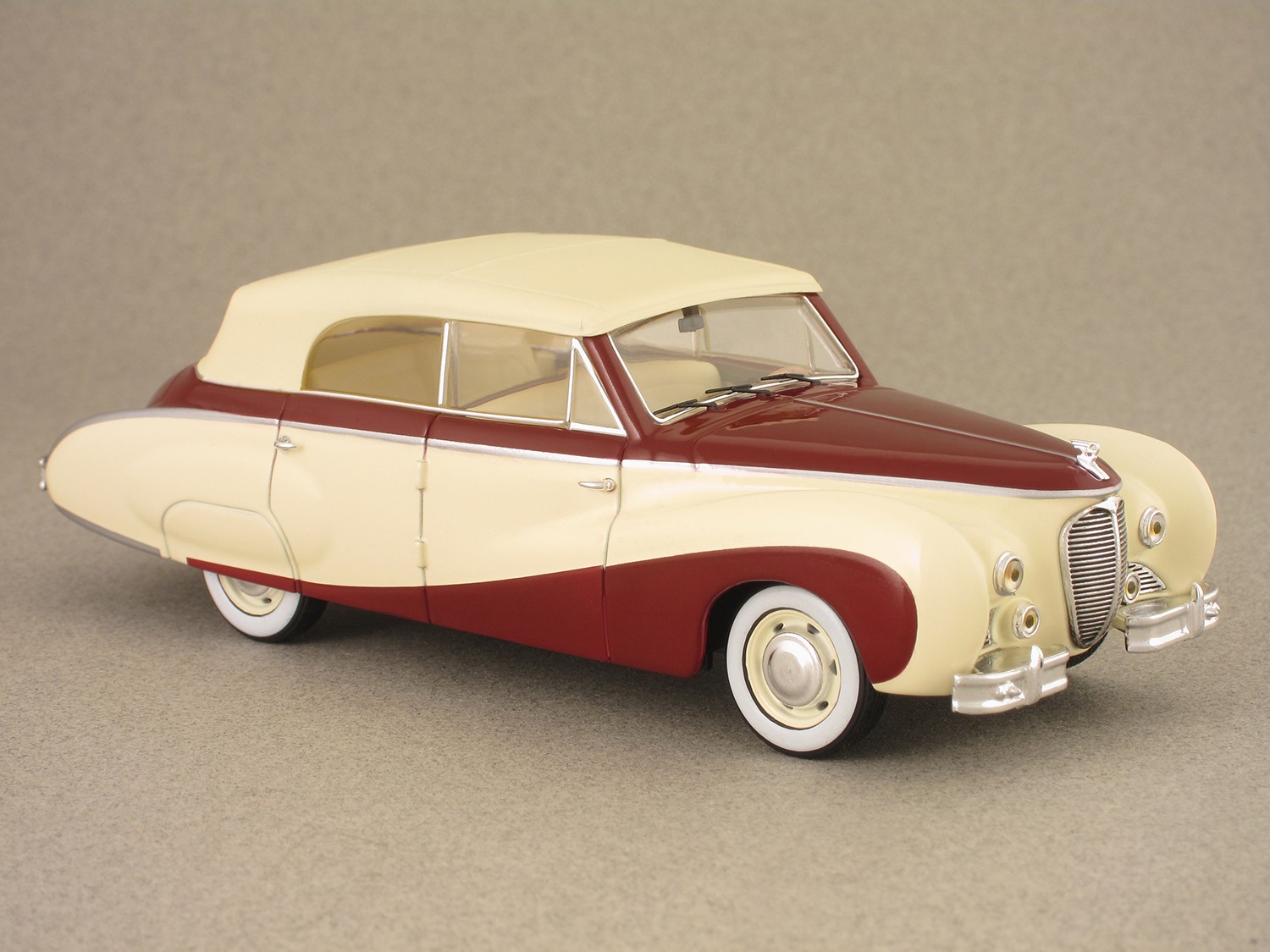
In stock
Austin A125 Sheerline (Norev) 1:43
The Austin Sheerline offered its clients a Rolls-Royce or Bentley-like style, but was far less expensive. Designed during WWII and launched in 1947, the car debuted as the A110 with a 3.5-litre 6-cylinder, then became A125 with a 4-litre developing 125 hp. This rare fully discoverable version was designed by the Belgian coachbuilder Vesters & Neirinck.
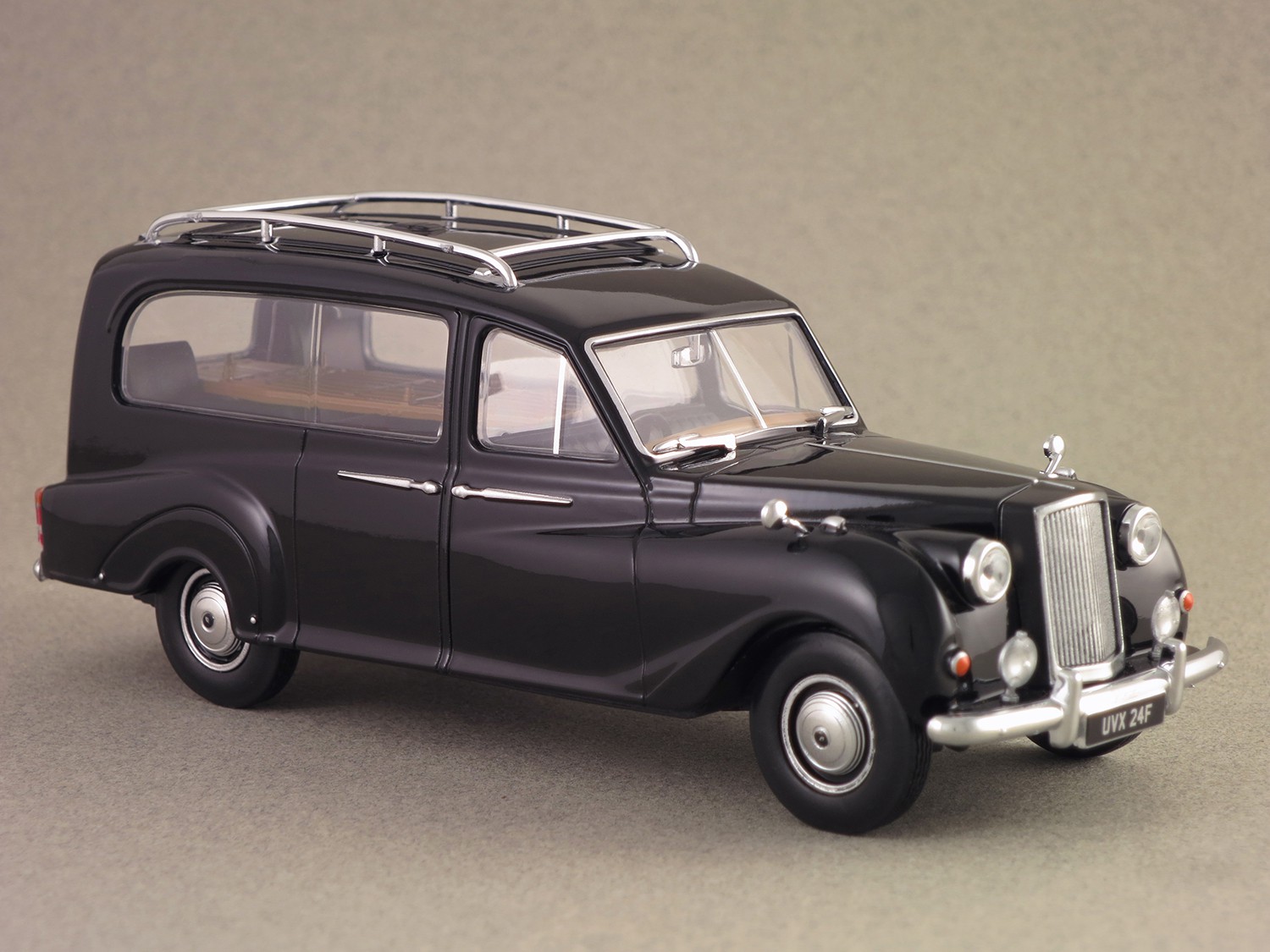
In stock
Austin Sheerline A125 Hearse black (Oxford) 1:43
The Austin Sheerline looked like a Rolls-Royce or a Bentley, but for a much cheaper price. Designed during the war and launched in 1947, it was first called A110 and received a 3.5-litre 6-cylinder, and was later renamed A125, equipped with a 4-litre (125 hp). The very rare limousine version was released at the end of 1949. The hearse variant we have here used the same chassis.
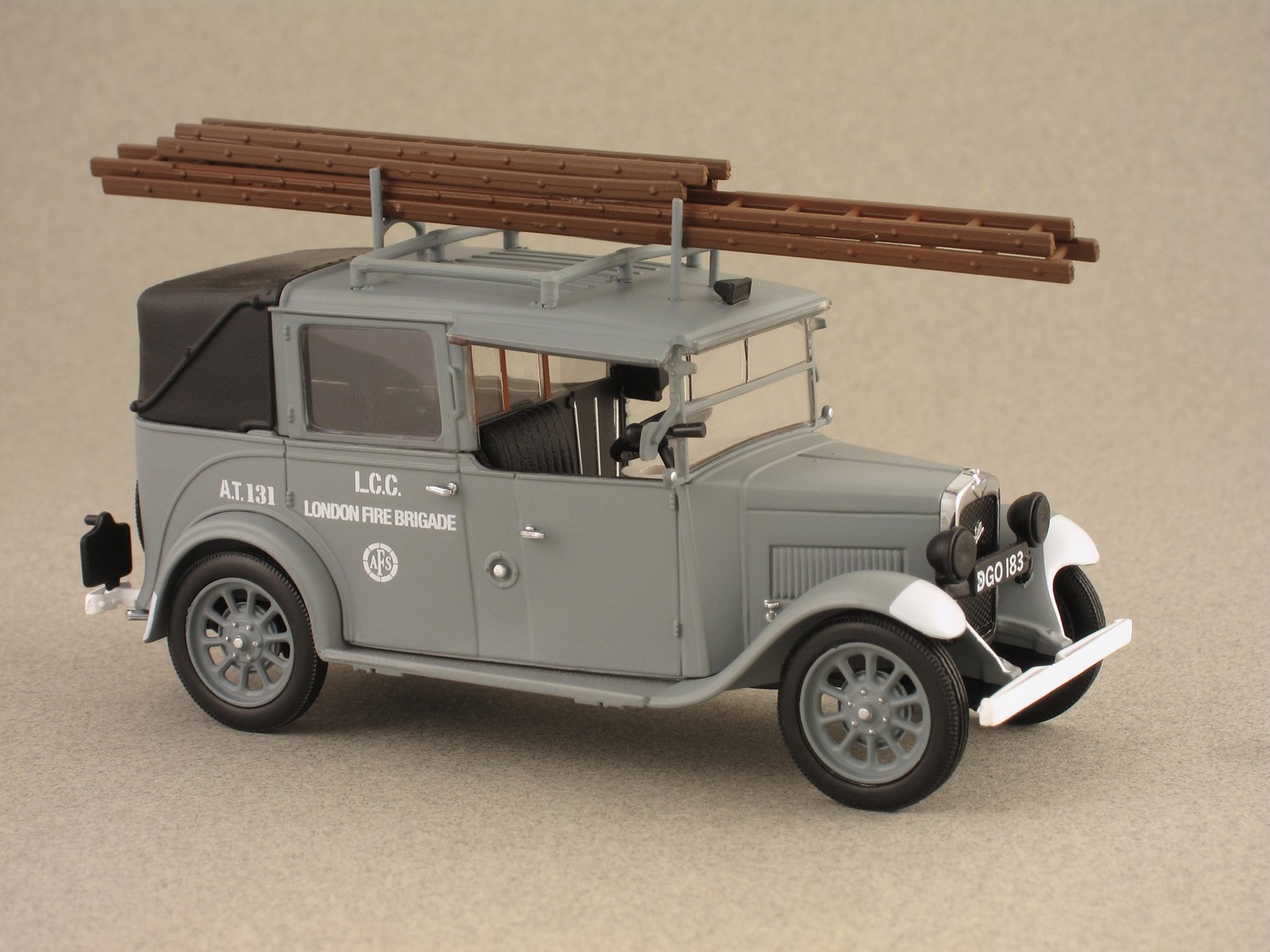
In stock
Austin Low Loader AFS (Oxford) 1:43
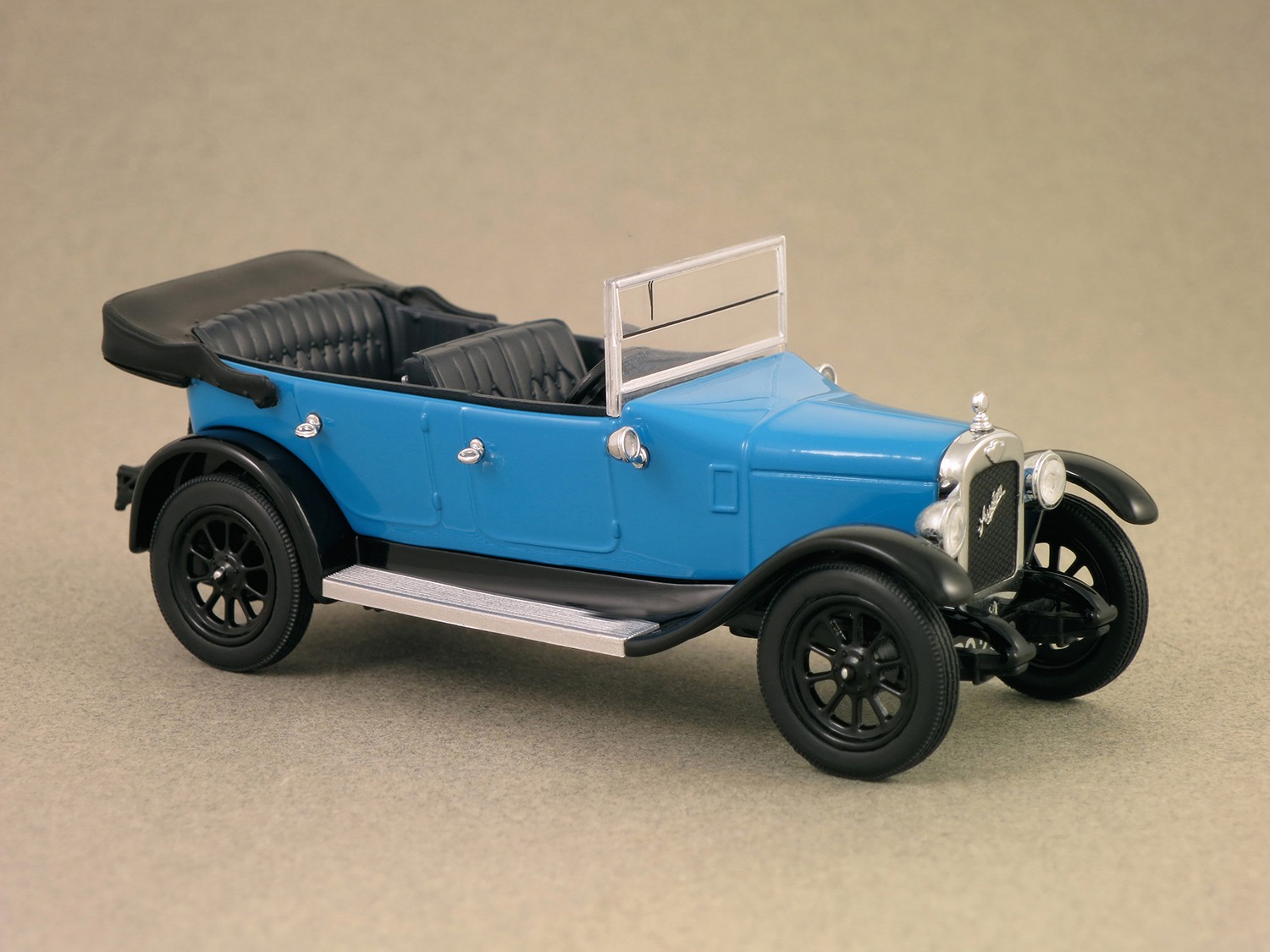
In stock
Austin Heavy Twelve blue (Oxford) 1:43
The Twelve was launched in 1921. This miniature car, reproduced in 1:43 scale by Oxford is dated 1926, when the 1.9-liter engine replaced the 1.7. The year after, Austin sales reached a record: 14,000 customers in 1927. Renamed Gumdrop, it was turned into a character in a British TV series, written by Val Biro between the 1960s and the 1980s. Several colors available.
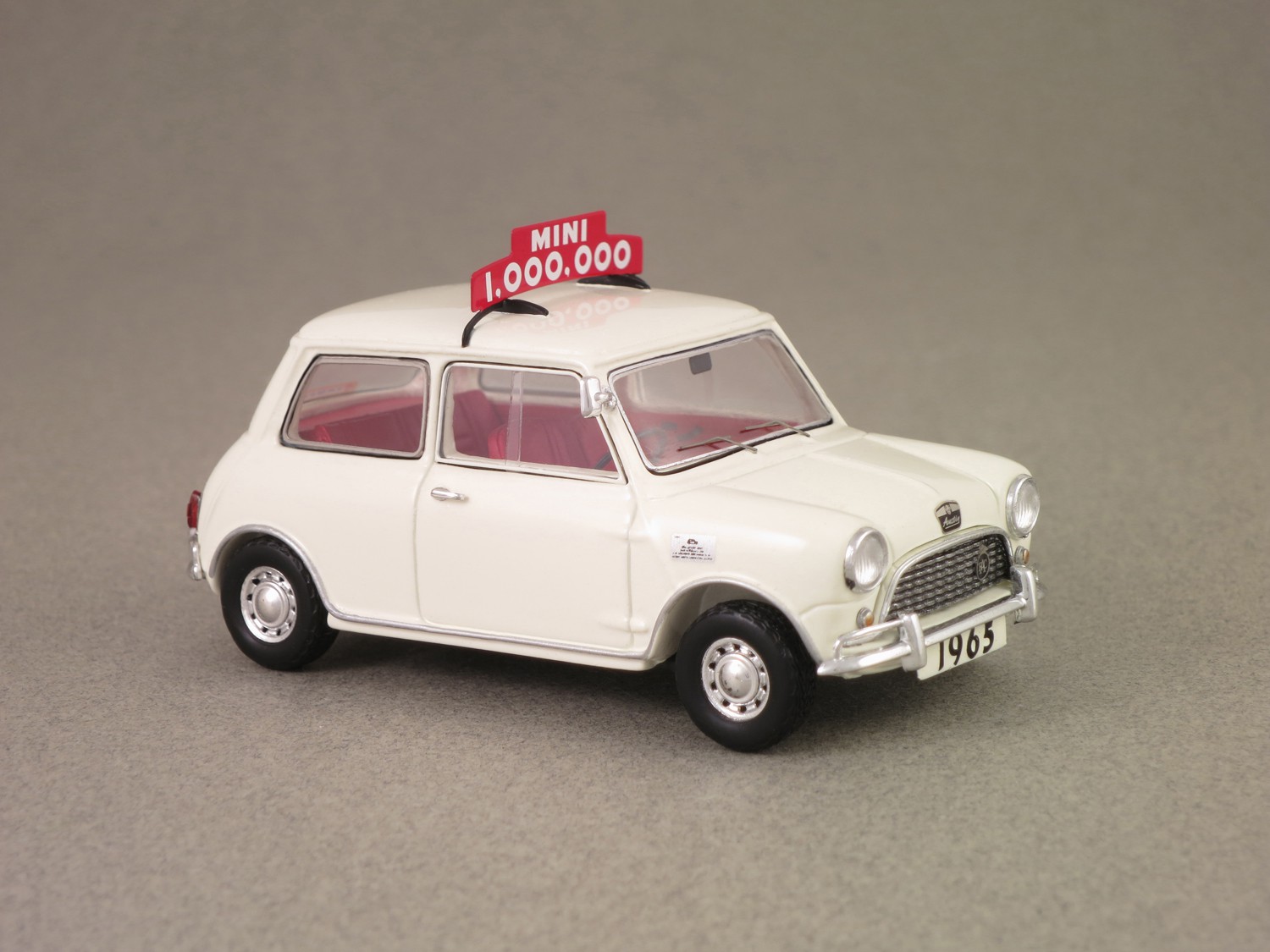
In stock
Mini 1 millionth (Spark) 1:43
In February 1965, this millionth Mini rolled out of the assembly line. Just after the 999,999th one, which was red, and before a blue one. The Mini, launched in 1959, revolutionized the world of small cars with its transverse engine, allowing to gain a lot of space. Up to 5.3 million units were produced until year 2000.
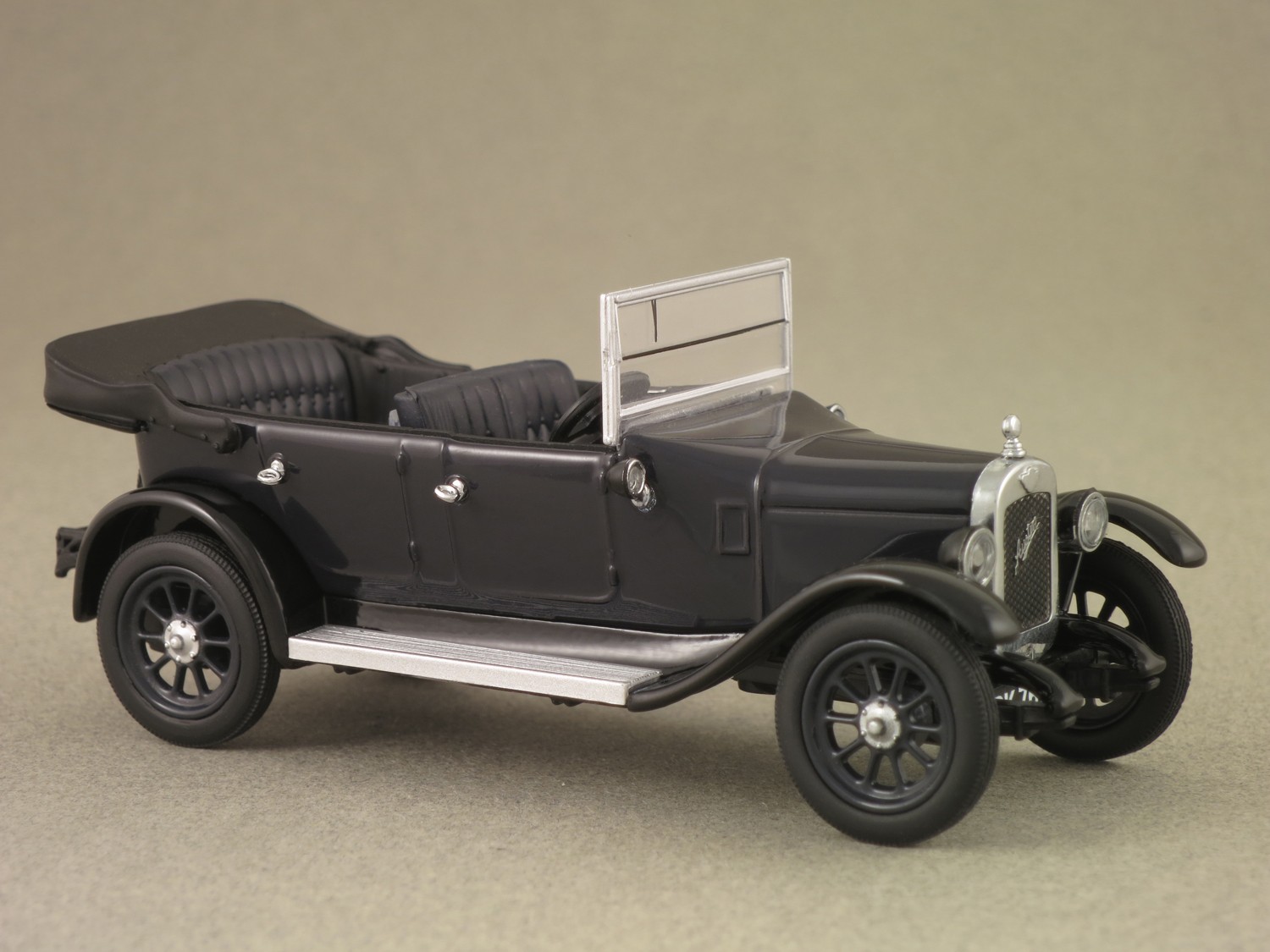
In stock
Austin Heavy Twelve cobalt blue (Oxford) 1:43
The Twelve was launched in 1921. This miniature car, reproduced in 1:43 scale by Oxford is dated 1926, when the 1.9-liter engine replaced the 1.7. The year after, Austin sales reached a record: 14,000 customers in 1927. Renamed Gumdrop, it was turned into a character in a British TV series, written by Val Biro between the 1960s and the 1980s. Also available in Airways Blue and brown.
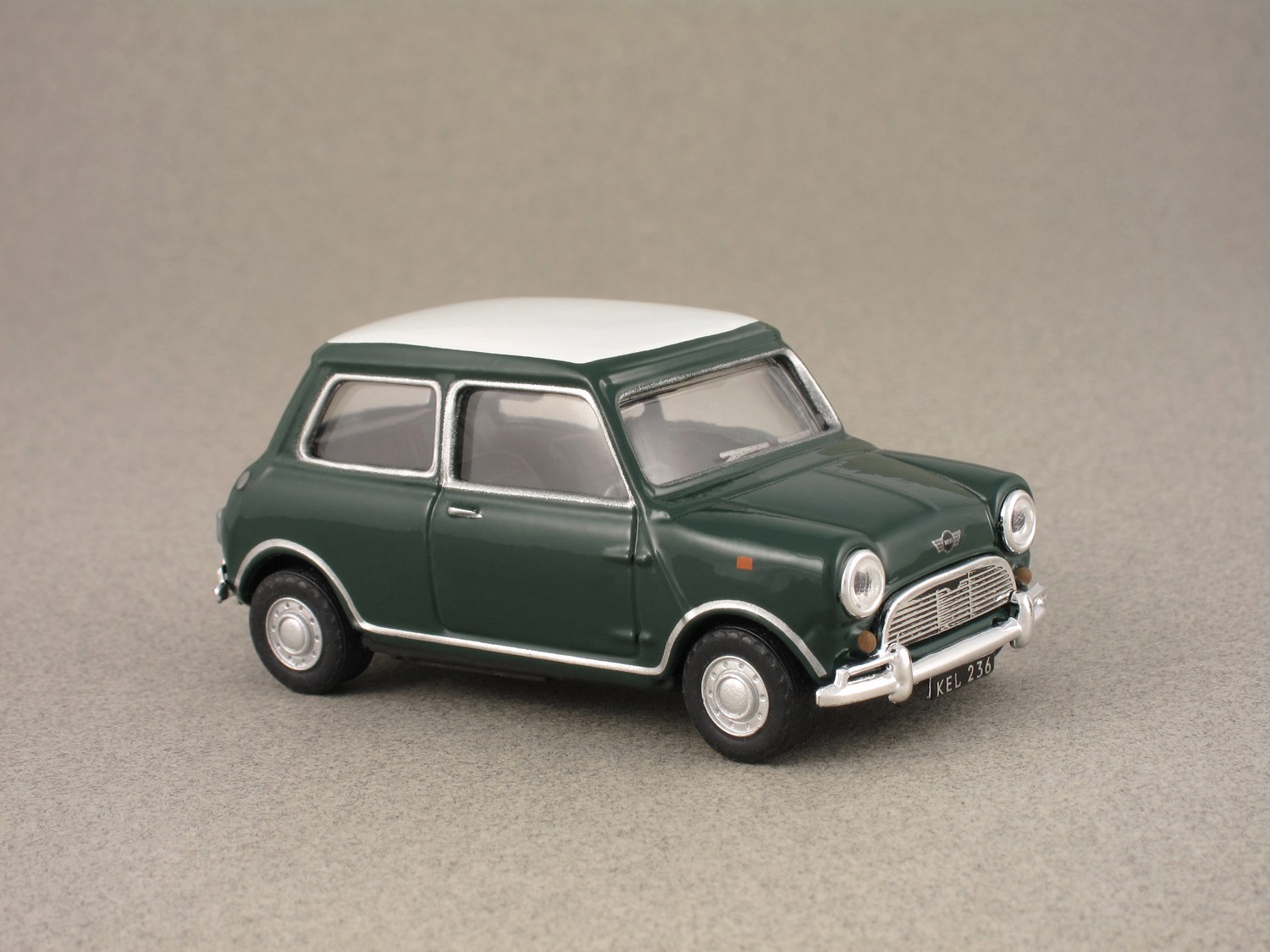
In stock
Mini Cooper green (Oliex) 1:43
With its engine fitted transversely, the 1959 Mini was a small revolution. In 1961, Alec Issigonis reinforced the historic role of its creation through the intervention of his friend John Cooper who offered a sports version to the Mini: the output increased from 34 to 55 hp. The first Cooper, here with a white roof, is recognizable thanks to its doubled bumpers on each side of the front.
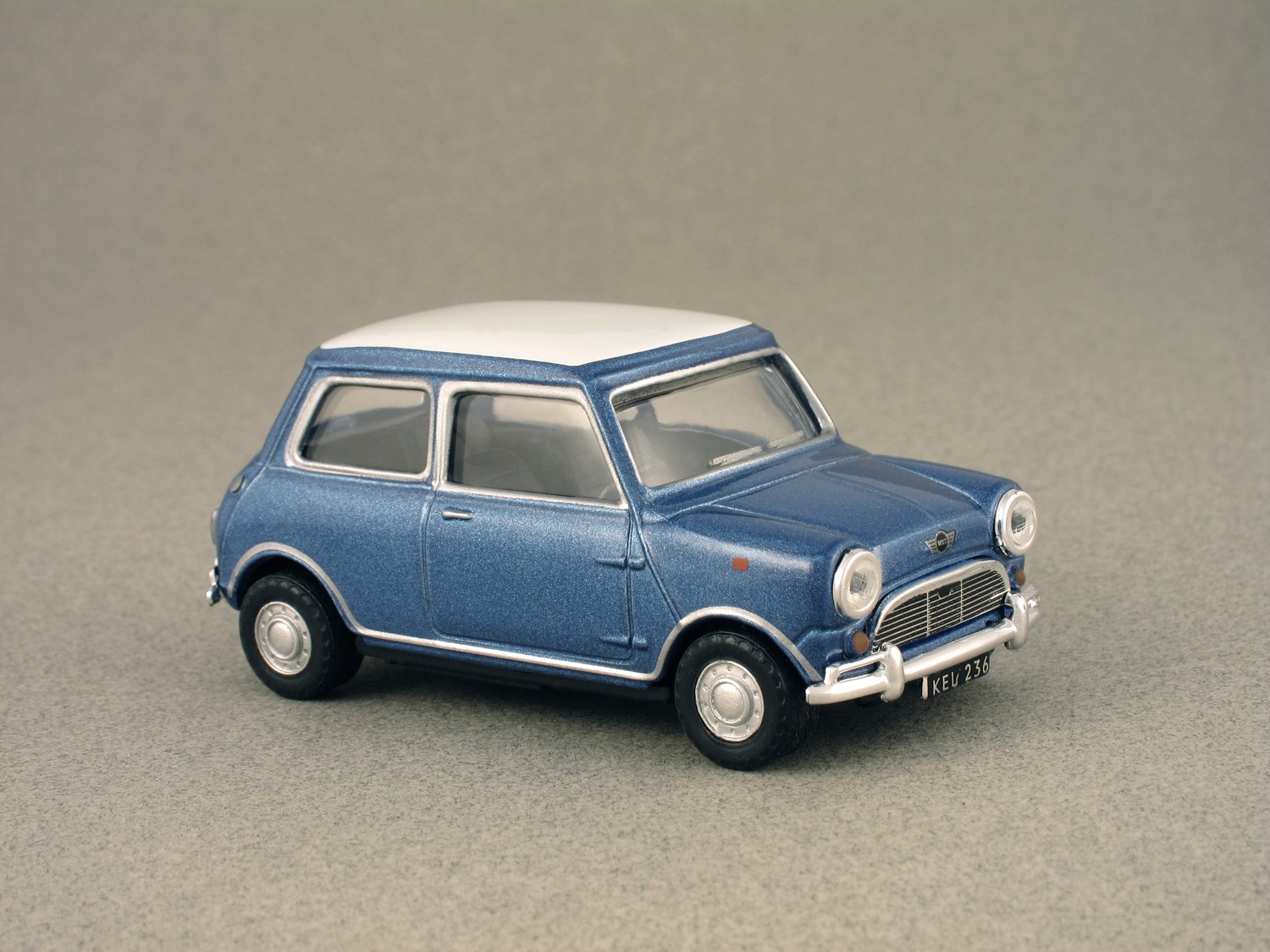
In stock
Mini Cooper blue (Cararama) 1:43
With its engine fitted transversely, the 1959 Mini was a small revolution. In 1961, Alec Issigonis reinforced the historic role of its creation through the intervention of his friend John Cooper who offered a sports version to the Mini: the output increased from 34 to 55 hp. The first Cooper, here with a white roof, is recognizable thanks to its doubled bumpers on each side of the front.

